Hotel Hillerød - SDH Partner Hotel
Green Key approved
Milnersvej 41, 3400 Copenhagen-Hillerød Danmark
- North Zealand
- Zealand
- City Break
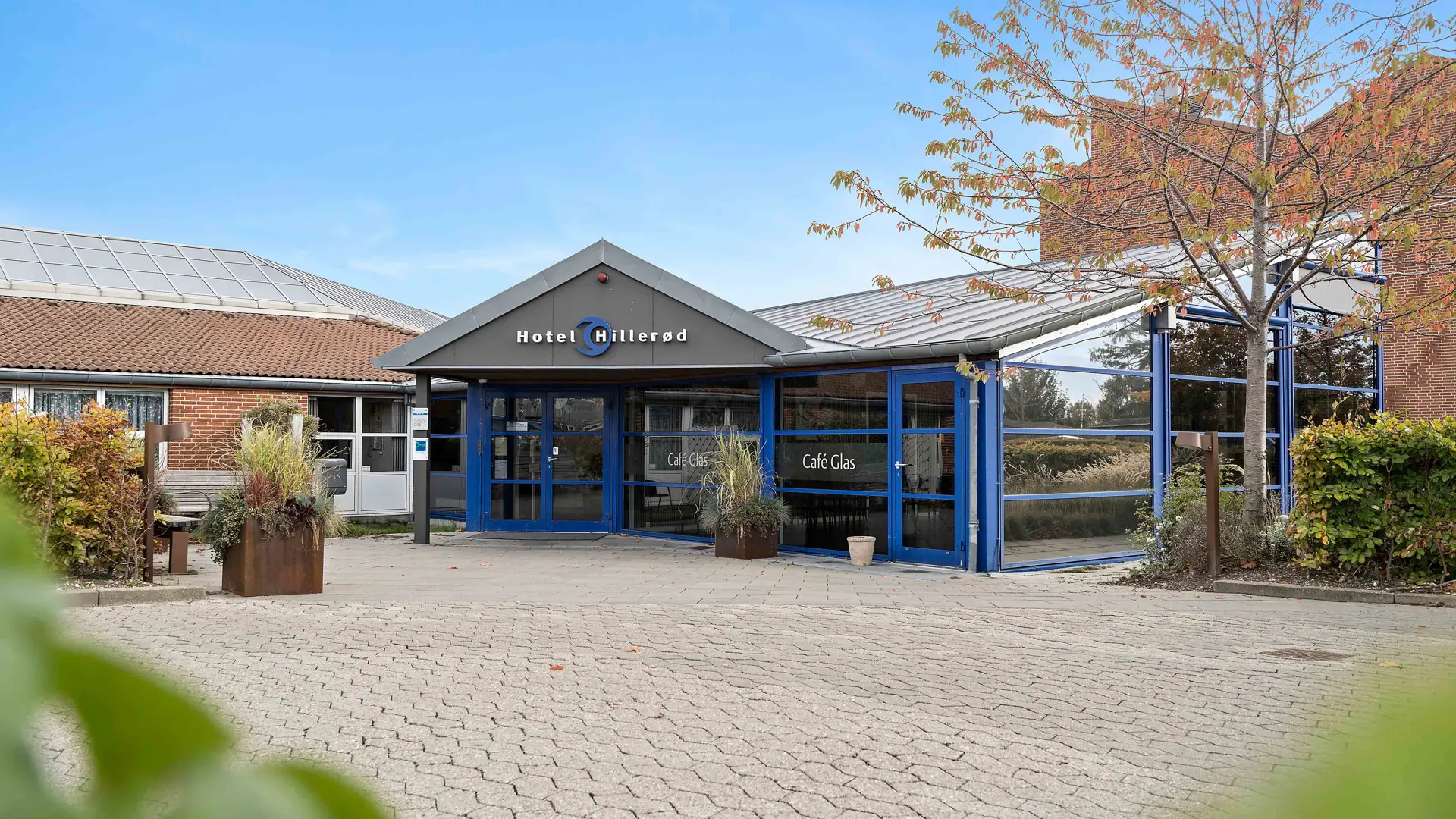
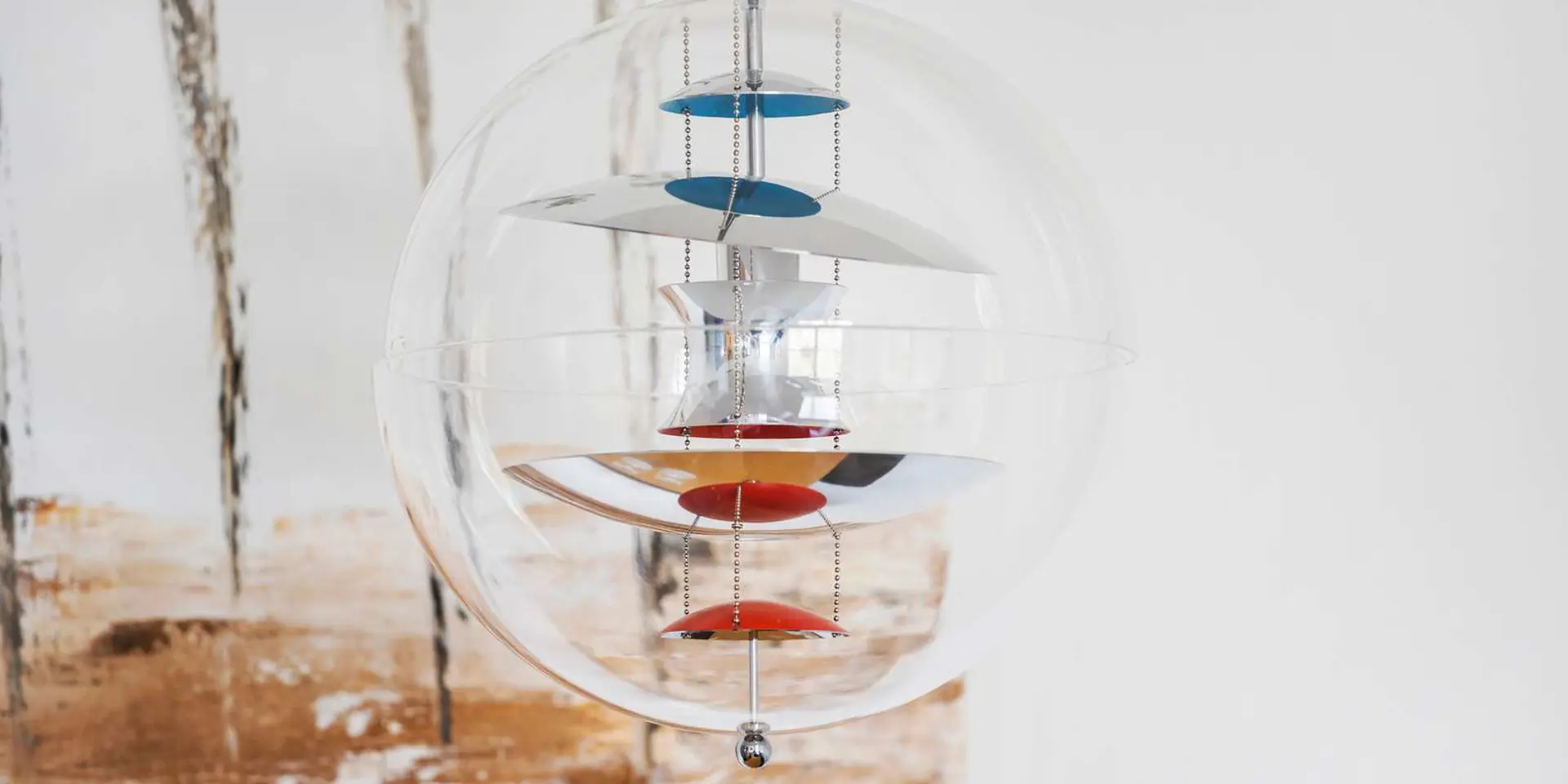
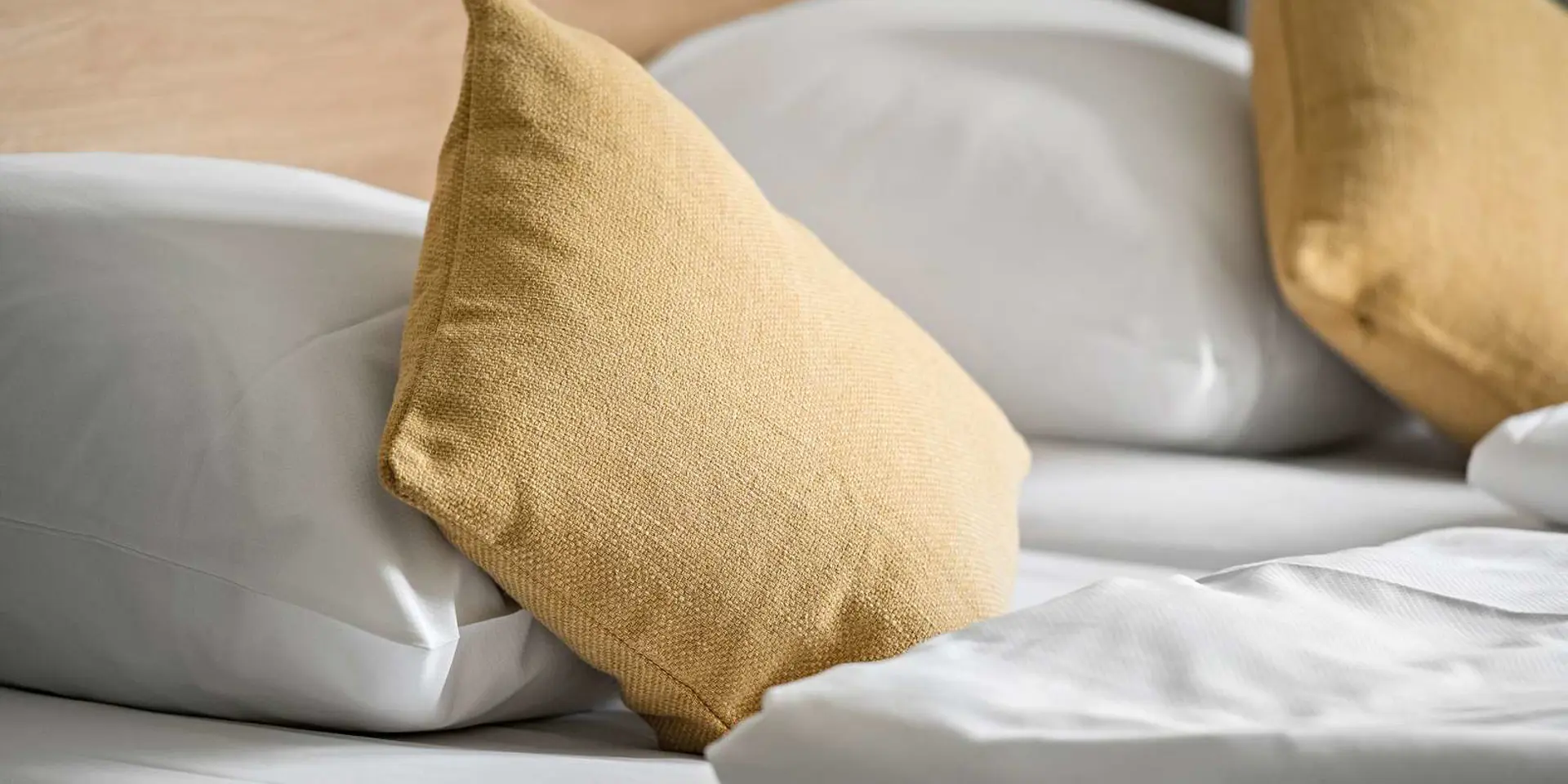
- North Zealand
- Zealand
- City Break
Green Key approved
Milnersvej 41, 3400 Copenhagen-Hillerød Danmark



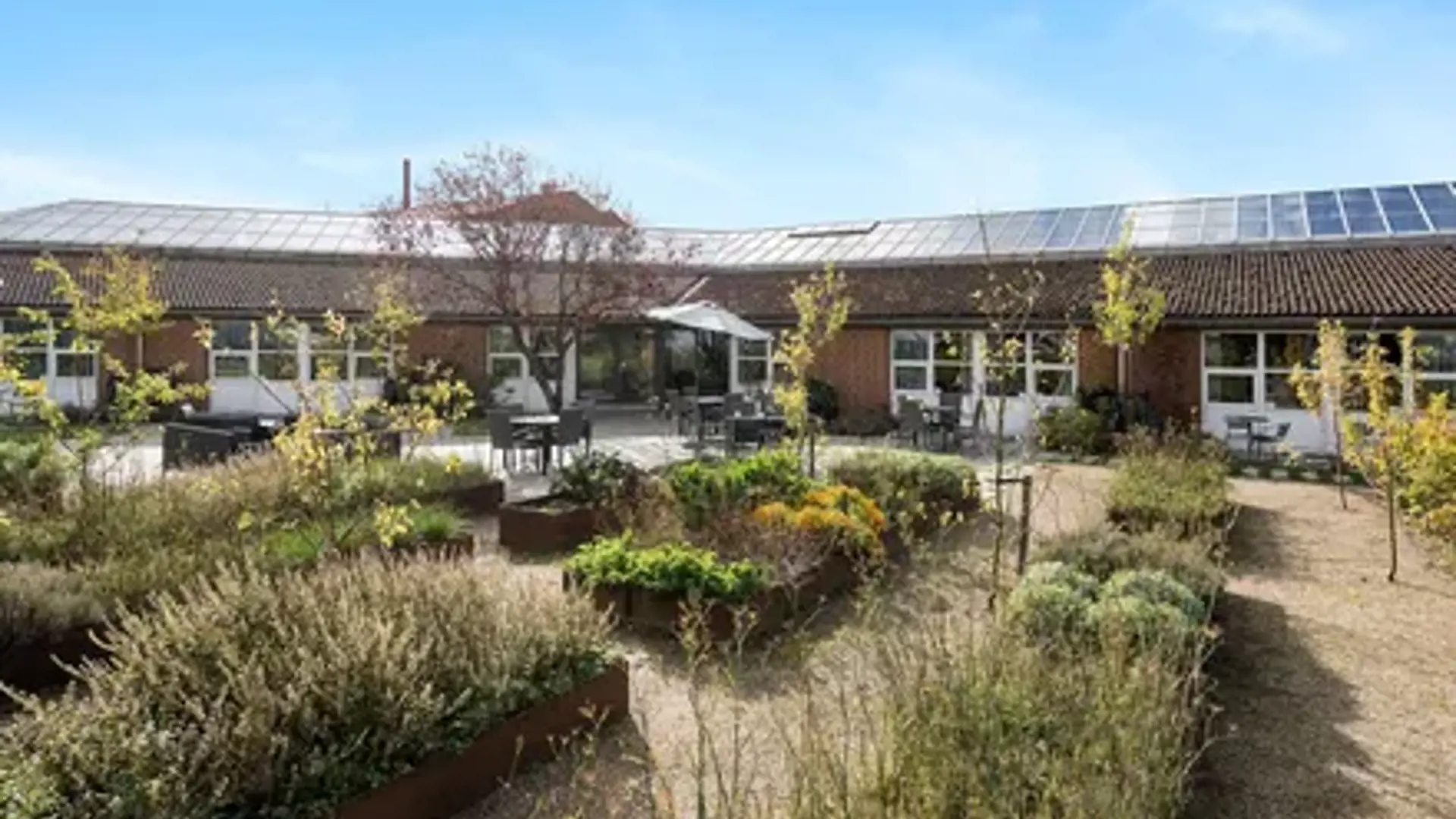
Breakfast included in room rate
Includes per person per night:
Please note, payment by gift voucher issued by Small Danish Hotels is not possible.
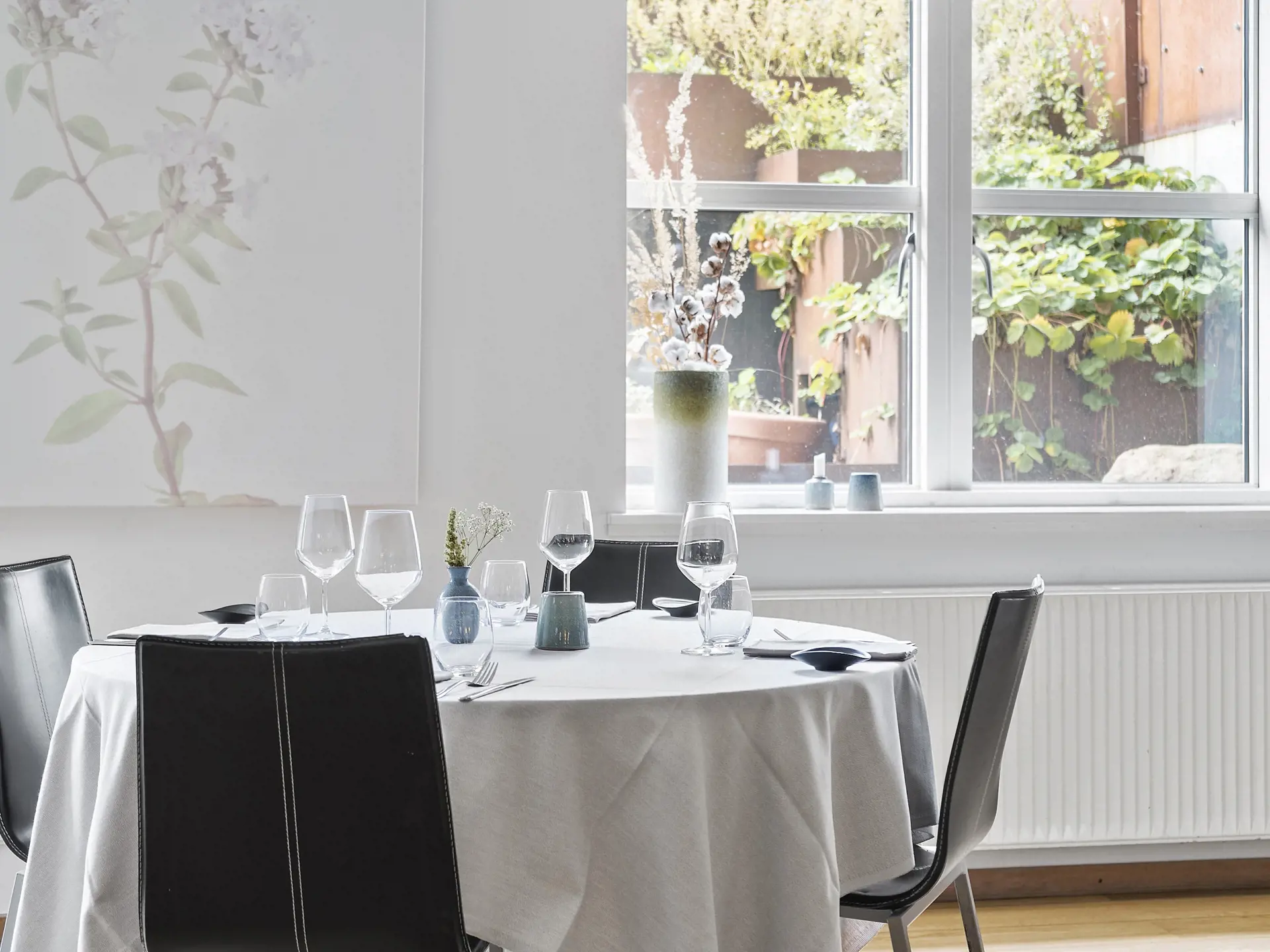
The hotel is part of the alliance with Best Western Hotels & Resorts.
In the heart of North Zealand lies the town of Hillerød, where city life and nature breathe side by side. At the environmentally conscious Best Western Hotel Hillerød, the rooms are adapted to the guests' needs and here the dog is also allowed. At the hotel's restaurant Krydderiet, delicious food is served made with local ingredients and always served with a smile.
The herb garden and the restaurant
The hotel's popular Restaurant Krydderiet has an impressive herb garden, just outside the restaurant. The spices are used extensively in the menu, which is characterized by professional ambition, gastronomic creativity and culinary experience. The cuisine is primarily Scandinavian and the ingredients are local.
Sustainable ambitions
As a Green Key certified hotel, Hotel Hillerød makes an extra effort to protect the environment. The 'Green Key' is tourism's international environmental label. The hotel works purposefully to reduce its climate footprint in several areas, - from energy saving to waste sorting to organic raw materials.
Several room types
The hotel has a total of 111 rooms and 2 junior suites spread over three floors, where functionality and quality are valued. The rooms differ in their furnishings and are therefore adapted to the guests' needs, whether it concerns a business stay or a family holiday. Some of the rooms have either a balcony or access to a terrace. In some of the rooms, there is also room for the four-legged member of the family for a small additional payment.
Meeting and conference rooms
The hotel has rooms for most things, including meetings, lectures and job interviews. In the hotel's largest room, Café Glas, there can be up to 75 people.
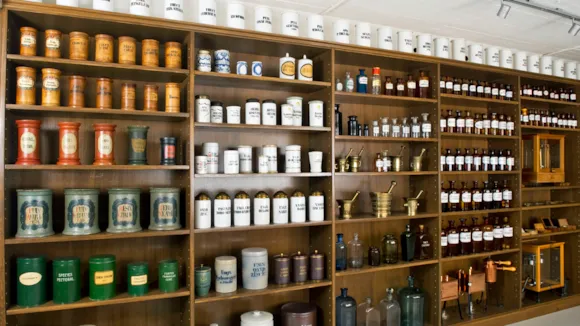
0.07 km
A selection of apparatus and machines is workable, which enables us to demonstrate the manufacture of medicines.
Opening hours
The collection is open Tuesdays 1:00 – 4:00 pm.
The collection is closed in July and during the Christmas holidays.
Ticket price
DKK 50 per person (U. 18 years admission free)
Contact the reception at Pharmakon on arrival.
Guided tours
For larger groups, there is the possibility of enjoying a refreshment in the restaurant at Pharmakon.
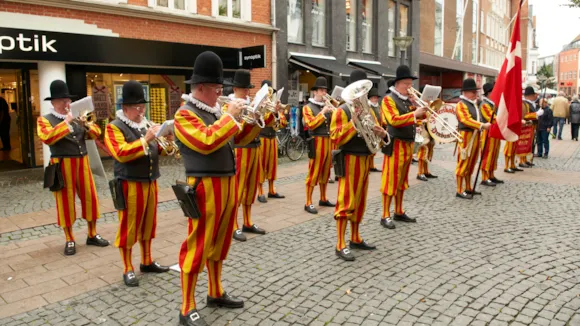
0.82 km
The Halberdier’s weapon was initially a halberd with a spear and axe. In 1703 the guard’s armament changed to flint guns.
The kettledrum and bugle were the musical instruments of the Halberdier, and it was the job of the musicians to accompany the king on his travels and play for the king and his guests at court festivities, during which they also played other instruments.
The Halberdier guard led the coronation procession of King Christian IV with their kettledrums, drums and flutes.
Drabantgarden as it appears today was founded on 6 February 1971 - exactly 400 years after Frederik 2.'s foundation of the original guard.
The guard consists a drum corps, pike bearers and a brass band, and is available for international tattoos, town marches concerts and company jubilees in both Denmark and abroad. Read more at www.drabantgarden.dk.

0.83 km
Today the beautiful turbine hall of the former power station houses temporary exhibitions focusing on culture, art and history of North Sealand. Elværket was built in 1909 by engineer J.P. Spangenberg. The neoclassical architecture with red bricks and white windows is remarkably well preserved. The harmonious building is a small historical gem in Hillerød.
Practical information
Hours: The museum is open in connection with changing special exhibitions and events. Read more about the activities at Elværket right now
Admission: Adults DKK 25, children under 18 free.
Group discount at +10 adults: half price.
Friday free admission.
0.84 km
When you plan a visit to Museum Nordsjælland, you need to decide where to go. You can go to Gilleleje, Hillerød or Hørsholm – visit one museum or all three, one at a time:
In October 1943, the Danish Jews had to take fast action. The police were told to incarcerate them and deport them to European concentration camps. Many Jewish refugees fled to Gilleleje and were sailed across Øresund to safety in Sweden by local fishermen. Learn about the dramatic events at the museum.
Hillerød town was practically non-existing as Danish king Frederik 2. in 1560, Frederiksborg Castle was erected. With the castle, the town grew with servants, farmers, and merchants, serving and delivering food to the royal court. Walk into the exhibition to see the development of the town. Bring your children and leap ahead to the school of yesteryear. Try sitting on the old benches and writing with a stylus.
Most Danes know the story of royal doctor Johann Friedrich Struensee and his affair with Danish Queen Caroline Mathilde in the late 18th century. A few years ago, it was portrayed in the critically acclaimed film, A Royal Affair, from 2012 with Mads Mikkelsen as the lead. Visit the museum to see documents and letters from the tumultuous days surrounding the execution of Struensee in 1772.
1.14 km
Hillerod Church as it is today is a relatively new church, consecrated in 1987.
Originally stood at roughly the same place a wooden church, which was destroyed in a storm in 1624-25. While waiting for the construction of a new church, the congregation was allowed to worship in the castle, at first in a former barn, later in the castle chapel. This temporary arrangement turned out to last for 363 years before Hillerød Church was finally inaugurated the first Sunday of Advent 1987.
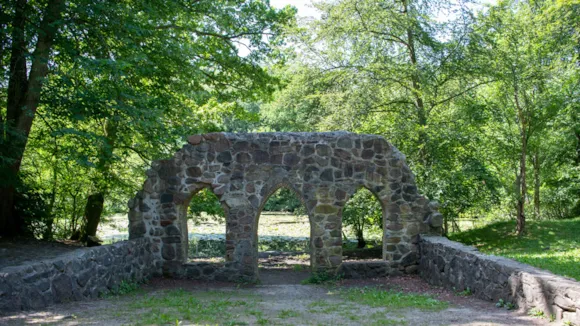
1.5 km
When Frederik Vll was the King of Denmark, he occasionally needed to escape his royal duties at Frederiksborg Castle. He did not care much for court life. Instead, he thrived in nature. He built his own little sanctuary; a light palace tucked away by the road on an island in Breddam Lake in the Præstevangs forest. Here he could fish and relax under informal norms, along with Countess Danner. The island was actually a peninsula, but the King had a canal dug so the couple could remain undisturbed.
A romantic castle under the starry sky.
The little light palace was built in 1859 in the romantic English garden style, in rough granite boulders with elegant arched windows. It measured 7.5 x 10 m and consisted of a large hall or dining room and a two-story annexe with a kitchen and four bedrooms. The ceiling of the hall was decorated with oyster shells and bottles in a pattern, which, when the light from 3 large oak chandeliers hit the glass, transformed the ceiling beam into a starry sky.
Today you can only see a granite boulder gable with pointed window arches; you, therefore, have to use your imagination to see the palace itself. The Annex house was demolished in 1905, and the dilapidated main building was removed in the 1960s.
On the left hand, before reaching the ruin, lie the remains of a stone hill. It was supposed to lead your thoughts to ancient times and the Nordic mythology, in which Frederik Vll was very interested. However, the hill had a practical purpose; it hid the island's toilet.
Today you can also see a large bowl-shaped stone, which the King claimed was the old baptismal stone from the Ebelholt Monastery, but it was, in fact, a water trough for horses. To the right is a stone with the King's monogram.
Landscape design
The design of the Islands of Imagination was by no means random but carefully planned. E.g. all species of Danish trees are represented on the island, and there are several historical and architectural references.
Do you want to know more?
Listen to the interesting story about the Island of Imagination, with even more details on the audio guide, tel. +45 9940 0515.
Where do you find the Island of Imagination?
Breddam Lake in Præstevangen is located in the northern part of The Great Deer Park (Store Dyrehave). Free hiking leaflets over The Great Deer Park with references to the Island of Imagination can be downloaded from www.sns.dk

1.53 km
Frederiksborg is named after Danish king, Frederik II, who built the first castle on the site. But it was his son, Christian IV, who built the magnificent building we see today, the largest Renaissance castle in the Nordic region.
Find admission prices and opening hours at Frederiksborg Museum of National History
Frederiksborg Castle is home to the Museum of National History. Through paintings, portraits, furniture, and handicrafts from different stylistic periods, the museum tells the story of 500 years of Danish history.
On a tour through the castle's many beautiful halls, you will meet kings and queens, nobles and bourgeois, events and epochs that have all helped shape Denmark's development and history.
With changing exhibitions of Danish and international character, regular Sunday tours, and family activities during school holidays, the museum puts Danish history into perspective and keeps the dialogue with the past alive.
Events and exhibitions at Frederiksborg Museum of National History
Using publictransport.dk, you can find the easiest and quickest way to get to Frederiksborg Castle by public transport.
The Knight's Hall is located on the second floor above the castle church and is one of the highlights of the castle. It has been recreated as it was during Christian IV's time and is splendidly furnished so that you can vividly imagine the royal feasts of the past with pomp and splendor.
Look up, for the ceiling is lavishly carved and painted with great detail that is worth studying closely. Beautiful tapestries and portraits of the Glücksburg royal family hang on the walls, one of the newest being Niels Strøbæk's painting of three generations: Queen Margrethe, Crown Prince Frederik, and Prince Christian.
In the Audience Chamber, high and low have been able to appear before the king since the 1680s. The Audience Chamber was spared in the devastating fire of 1859, and therefore you can experience a unique example of an original Baroque interior from Christian V's time. The Audience Chamber reopened in May 2016 after extensive restoration work over four years.
A curious detail in the Audience Chamber is the built-in elevator, which was installed in 1692 for Christian V. Using a pulley system, the king could be hoisted from the Audience Chamber in a chair and directly down to the Mint Gate, and discreetly leave the castle in a carriage.
Like the Audience Chamber, Frederiksborg Castle Church was largely spared from the destruction of the castle fire in 1859, so you can experience the castle church almost as it was when the absolute monarchs were anointed here.
Today, everyone has access to worship services and concerts in the historic space. From the gallery walkway at the top, where coat-of-arms of elephant knights and grand cross knights of the Order of Dannebrog are continuously hung, there is a fantastic view of the church space.
On the castle's third floor, Danish history is brought right up to the present day. Here you can see portraits, historical paintings, and furniture from the 20th and 21st centuries, including portraits of politicians, sports stars, musicians, writers, and other cultural personalities. The rooms are simple and provide a contemporary backdrop for modern portrait art.
Also read: 7 Things to Experience at and Around Frederiksborg Castle
Frederik II laid the foundation when he acquired the Hillerødsholm manor in 1560 and built the first version of Frederiksborg.
His son, Christian IV, who was born and grew up in the castle, had greater ambitions: Between 1600-1620, he demolished his father's castle and erected the much larger and beautiful Renaissance castle that we can see today. The castle is an expression of Christian IV's position as a powerful European monarch in his time, built to impress Europe's kings and princes, and no expense was spared.
Royals lived in Frederiksborg until the end of the 18th century, after which the castle was considered outdated. However, Frederik VII brought new life to Frederiksborg in the mid-1800s when he moved in with Louise Rasmussen, Countess Danner.
The couple modernized the castle with several fireplaces and stoves to heat the large rooms, but it turned out to be catastrophic: One of the heat sources ignited the great castle fire in 1859, which burned out most of the interior. Only the Castle Church and the Audience Hall survived the fire.
During the reconstruction, the royal family no longer wanted to live in the castle. Carlsberg's founder, brewer J.C. Jacobsen, suggested creating a museum of national history in the magnificent setting and offered to finance it. The Museum of National History at Frederiksborg was founded in 1878 and has since been an independent part of the Carlsberg Foundation.
Find all necessary information to plan your visit to Frederiksborg Castle. Read about opening hours, admission, parking, accessibility, transport, photography, museum shop at Frederiksborg Castle.
The Museum of National History recommends that you buy your entrance ticket before your visit.
Buy your ticket to Frederiksborg Castle
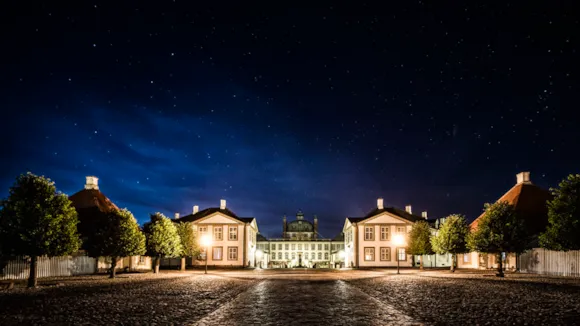
9.19 km
Fredensborg Palace, or as it translates into “the Palace of Peace”, got its name as a commemoration of the ending of The Great Northern War in 1722, when the palace was built. The palatial complex was gradually constructed through the 1700s. It was designed by the best Danish architects of the time, J.C. Krieger, Nicolai Eigtved, L. de Thurah and C.F. Harsdorff. The palace and the palace garden as an entirety exemplify the French baroque style – and therefore, the palace is often referred to as Denmark’s Versailles.
The palace is often the setting for important events in the royal family, including weddings, anniversaries and birthday parties. Here heads of state on official visits are received, and foreign ambassadors present their credentials to the Queen. It has been a long-held tradition for visiting state leaders to inscribe their names on one of the window panes of the palace using a diamond pen.
Fredensborg Palace’s garden is one of Denmark’s most prominent historical gardens. Long, straight avenues extend from the palace in a star formation, a characteristic of the garden's original French baroque style known from Versailles. Some avenues have recently been recreated, including Brede Allé, which was opened in 2013 after an extensive restoration. On your visit to the beautiful garden, you will see numerous sculptures. Between the avenues, you find large forested areas with twisting paths dating back to the end of the 1700s and mid-1800s, where almost all baroque gardens were converted to the Romantic style.
A part of the palace garden is reserved for the royal family. Here you can, amongst other things, visit the herb garden, which provides fresh vegetables and flowers for the royal household, and the modern orangery, which was inaugurated in 1995. This part of the garden is open to the public during some of the summer holidays. Check the dates at kongeligeslotte.dk.
A unique experience in Frederiksborg palace is the Norseman's valley, where 70 sculptures of Norwegian and Faeroese farmers and fishermen are presented. The valley was comprehensively restored and re-inaugurated in 2002.
You can go on a guided tour and visit parts of the palace, the palace chapel, the Private Garden and the Orangery during some summer holidays. Check the dates at kongeligeslotte.dk. Read more and buy your tickets for Fredensborg Palace for Fredensborg Palace.
During the same period, you can enter the Private Garden for free from 9.00 -17.00. The surrounding palace garden is open to the public all year round.
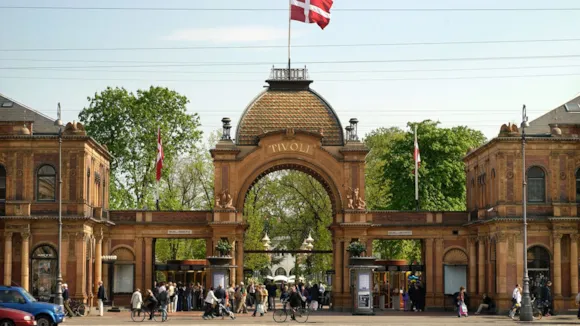
32.15 km
Tivoli is a playground for young and old and a spot so full of wonder that it inspired Hans Christian Andersen and Walt Disney. Whether you come for the gardens, music or rides, you’ll have a blast.
Tivoli Gardens was founded in 1843 and has become a national treasure and an international attraction. Fairytale writer Hans Christian Andersen visited many times, as did Walt Disney who even found the inspiration for his own Disney World here. When the garden was founded it was placed outside the city’s moats, but today it’s located right next to the Central station and within walking distance of City hall.
Part of Tivoli Gardens' secret is that there is something for everyone. The scenery is beautiful with exotic architecture, historic buildings, and lush gardens. At night, thousands of coloured lights create a fairytale atmosphere that is completely unique. It has quirks and charm, and details for you to discover – you might catch a glimpse of the guinea fowls or peacocks running freely through the gardens.
The rides are all designed to match Tivoli's architecture and gardens. Some rides are wonderfully nostalgic, while others will match the expectations of the keenest thrill seekers. Tivoli’s oldest and most popular ride, the wooden Rollercoaster from 1914, is one of only seven rollercoasters worldwide which have a brakeman on board every train. In contrast, you’ll also find Vertigo, which will turn you upside down at 100 km/h. It was voted Europe’s Best Ride in 2014.
The newest ride of all is Villa Vendetta, Denmark's largest permanent haunted house complete with actors, where guests embark on a journey through 12 different rooms spread over 800 spooky square meters.
TRAVEL TIP: With a Copenhagen Card in your hand you get free admission to Tivoli and over 80 attractions as well as free public transportation in the whole capital region.
When it comes to food, Tivoli is equally diverse. Lots of people will bring picnics to the garden, but you can also choose from Tivoli's broad selection of restaurants. You'll find everything from traditional Danish cuisine to French bistro to gourmet burgers. Tivoli has a seafood bistro, Figaro as well as the world-renowned burger chain, Gasoline Grill, and one of the city's very best vegetarian restaurants, Gemyse.
If you’re up for a more relaxed, food-stand kind of food, Tivoli has got that as well. On the corner of Tivoli, towards the Central Station, you’ll find Tivoli Food Hall. The architects behind the building also created the stunning glass pyramid of the Louvre in Paris. Inside you’ll find a variety of different cuisines, from healthy Islandic dishes at Glò to delicious, hot flatbread at North-African Wakha, and everything in between.
You could also try the classy Nimb and Nimb Hotel, which are situated in Tivoli Gardens. They have a variety of different restaurants – for example in the restaurant Fru Nimb, you can get traditional Danish smørrebrød (open-faced sandwiches). There is also the outstanding patisserie Cakenhagen to enjoy for its coffee, cakes and champagne.
Want to know more about dining in the city centre? Check out our guide.
The music program in Tivoli has exciting events to offer every year no matter your age or genre preferences. Besides major events such as Friday Rock and Summer Classic, there is live music in Tivoli every single day. See Tivoli Gardens' music calendar.
Tivoli has opened throughout the year with a variety of themed attractions. Halloween, Christmas, winter and summer each have their own uniquely themed season in Tivoli, where the gardens are redecorated to convey the cosy winter vibes, the hearty Christmas feeling, and the nostalgic long summer days and scary Halloween. Check out the opening hours of each season on Tivoli's website.
Tivoli is among Copenhagen's top attractions. You can learn more about the top attractions here.